12 Best Lessons Of The Full Entrepreneur's Journey
Explore the entrepreneurial journey through practical advice and key insights for each stage, from initial ideation to legacy building. Master challenges and seize opportunities with expert strategies.

Entrepreneurship is not just about starting a business; it's a voyage that mirrors the classic hero's journey, laden with challenges, growth, and transformation. Each stage of this journey presents unique obstacles and opportunities. You can confidently navigate these waters with the right insights and strategies. Let's delve into each phase, providing actionable advice and wisdom from seasoned experts to strengthen your entrepreneurial quest.

1. The Ordinary World: Assessing Your Foundations
The entrepreneur starts in everyday life, perhaps working a regular job or attending school. They have dreams, ambitions, and skills but have yet to embark on their entrepreneurial journey.
"Our 'ikigai' is hidden deep inside each of us, and finding it requires a patient search." — Hector Garcia
Practical Tip: Dedicate time each week to self-reflection. Evaluate what you love doing, your skills, and how these can translate into a viable business. Understanding your 'ikigai' or purpose is crucial for setting a personal and fulfilling path.
Related Reading
- "Ikigai" by Hector Garcia: This book is relevant because it helps individuals identify their unique reason for being, which is critical when starting an entrepreneurial journey. By aligning one's passion, mission, vocation, and profession, entrepreneurs can find a business path that truly resonates with their ikigai, providing a deep-seated motivation and a clear sense of purpose.
- "Start with Why" by Simon Sinek: Sinek's book emphasizes the importance of understanding the 'why' behind actions and for entrepreneurs at the beginning of their journey, identifying this 'why' can be the cornerstone of their future business, influencing every decision and strategy and ensuring that their vision resonates with others.
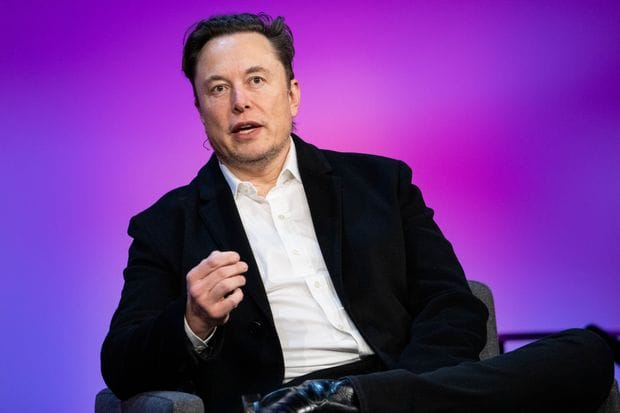
Case Study: Elon Musk - Discovering the Ikigai in The Ordinary World
Background:
Before becoming synonymous with groundbreaking ventures like SpaceX, Tesla, and SolarCity, Elon Musk was a student with deep-rooted passions for physics, computers, and the potential for human life on other planets. His story perfectly illustrates the "The Ordinary World" phase in the entrepreneur's journey, where personal interests and skills are assessed and aligned with potential business ventures.
Early Life and Education:
Musk spent his early years in South Africa, immersed in books and computers. By the age of 12, he had taught himself programming and sold his first software: a game called Blastar. This early success hinted at his deep interest and innate capability in technology and engineering. Musk's journey through Pennsylvania University (where he studied physics and economics) further solidified his foundation, equipping him with the knowledge that would later influence his ventures in energy and transportation.
Ikigai Realization:
For Musk, the convergence of his passion (technology), mission (to change the world and humanity), vocation (entrepreneurship), and profession (engineer) pointed to a unique ikigai: revolutionizing technology industries and human life sustainability. His ventures are not merely businesses; they are his contributions to significant causes—sustainable energy with Tesla, human colonization of Mars with SpaceX, and high-speed transportation with Hyperloop.
Practical Application of "Ikigai" by Hector Garcia:
Musk's story aligns well with the essence of Garcia's "Ikigai," as he found a profound purpose by aligning his work with his passions and skills. This alignment has fueled his motivation, persistence, and innovation in adversity.
Application of "Start with Why" by Simon Sinek:
Understanding the 'why' behind Musk's ventures provides a deeper insight into his drive and persistence. His overarching goal—to ensure humanity's future survival and flourishing—is the cornerstone of his entrepreneurial ventures. This clear and compelling 'why' has helped him inspire millions, secure investments, and drive innovation across industries.
Summary:
Elon Musk’s journey from a curious child in the 'ordinary world' to a revolutionary entrepreneur exemplifies the power of understanding one's ikigai and 'why.' His case provides a compelling blueprint for aspiring entrepreneurs to explore their passions deeply and align them with practical business goals, setting a profitable, profoundly fulfilling path, and impactful.

2. The Call to Adventure: Igniting the Spark
The entrepreneur wants to start their own business or pursue innovative ideas. This call might come from a desire for independence, a passion for solving a problem, or an opportunity they can't ignore.
"People don't buy what you do; they buy why you do it. And what you do proves what you believe." — Simon Sinek.
Practical Tip: Craft a compelling 'why' for your venture. This vision will guide your business decisions and inspire and attract others who share your beliefs.
Related Reading
- "The Artist's Way" by Julia Cameron: This book is a tool for unlocking creativity, making it essential for entrepreneurs ready to step out of their comfort zone and innovate. It offers techniques to overcome creative blocks necessary for anyone looking to develop new ideas and start a unique business.
- "The Lean Startup" by Eric Ries could be a suitable addition because it emphasizes innovation and agile product development in startups. It guides entrepreneurs on using continuous innovation to create radically successful businesses that fit well with responding to the 'call' of new opportunities and adventures in business.
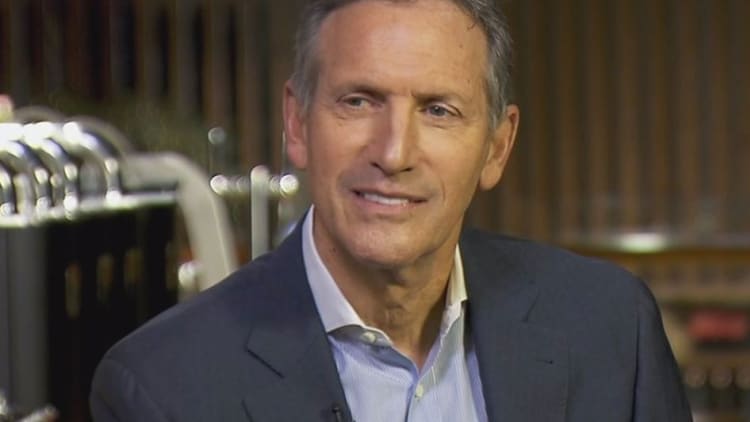
Case Study: Howard Schultz - Brewing a Visionary Venture
Background:
Howard Schultz, the visionary behind the global brand Starbucks, exemplifies the entrepreneurial "Call to Adventure." His journey from a salesperson to the chairman of a worldwide coffee empire showcases how a deep-seated desire to create a meaningful experience can transform an industry.
Early Exposure and Spark:
Schultz's call to adventure began during a business trip to Italy, where he was captivated by the Italian coffee bars and their role in the daily lives of Italians. He saw more than just coffee; he witnessed a culture and a community hub that brought people together. This experience ignited a spark within Schultz to bring this sense of community to America through the experience of coffee.
Practical Application of "The Artist's Way" by Julia Cameron:
Schultz used his creativity to reimagine the traditional American coffee shop, turning it into a warm, inviting space that fostered social interactions and community building, much like those he admired in Italy. His application of creative techniques like those suggested in "The Artist's Way" helped him overcome the skepticism about whether the Italian coffeehouse culture could be replicated in the U.S.
Application of "The Lean Startup" by Eric Ries:
Schultz’s approach to Starbucks also mirrored principles from "The Lean Startup." Initially, Starbucks only sold coffee beans and equipment. However, after Schultz's trip to Italy, he tested his new concept of the coffee shop as a community space in a new venture called Il Giornale, which eventually led to his transformation of Starbucks. He applied lean startup methodologies by testing the concept, understanding customer feedback, iterating, and scaling gradually, ensuring the business model was innovative and sustainable.
Summary:
Howard Schultz's response to his call to adventure transformed a simple commodity into an essential part of urban life and culture. His story is a powerful example for entrepreneurs: understanding and embracing one’s 'why' can lead to profound business success. Schultz didn't just sell coffee; he sold a coffee experience wrapped in comfort and community, guided by a clear and compelling vision that resonated with millions globally. His journey underscores the importance of creativity, customer feedback, and strategic vision in responding to the entrepreneurial call.
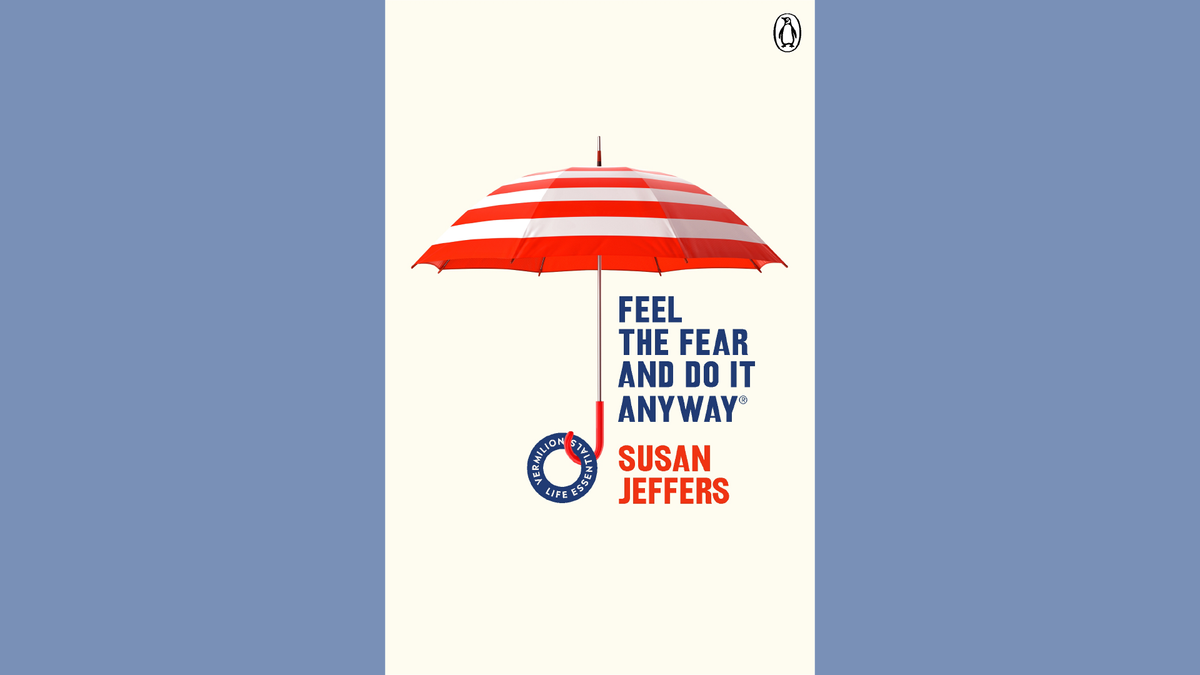
3. Refusal of the Call: Overcoming Initial Hesitations
Initially, the entrepreneur may hesitate due to fear of failure, financial insecurity, or uncertainty about their ideas. They might question whether they have what it takes to succeed in the competitive world of entrepreneurship.
"The fear will never go away as long as I continue to grow." — Dr. Susan Jeffers
Practical Tip: Write down your fears and evaluate them. Consult with mentors and peers to gain perspectives and reassurance. Facing these fears directly will clarify your resolve to proceed.
Related Reading
- "Feel the Fear and Do It Anyway" by Dr. Susan Jeffers: The book provides strategies to turn fear and indecision into confidence and action, which addresses the entrepreneur's hesitation due to fear of failure or financial insecurity at the beginning of their venture.
- "The War of Art" by Steven Pressfield Tackles the internal struggles and resistances of creators, including entrepreneurs, encouraging them to overcome these barriers to unleash their potential, perfectly matching the entrepreneur's need to overcome self-doubt.

Case Study: Sara Blakely - Embracing Bold Moves in the Face of Doubt
Background:
Sara Blakely, founder of Spanx, exemplifies overcoming initial hesitations in the entrepreneurial world. Her story transforms from selling fax machines door-to-door to becoming the youngest self-made female billionaire by creating and patenting women's shapewear.
Initial Hesitations:
Blakely's journey began with a simple idea: to create flattering undergarments that remained invisible under clothing. Despite her clear vision, she faced significant doubts and fears. Large players dominated the hosiery industry, and as an outsider without formal fashion training or considerable capital, the barriers were immense. Her early pitch meetings were met with skepticism, and manufacturers often dismissed her ideas as unfeasible.
Practical Application of "Feel the Fear and Do It Anyway" by Dr. Susan Jeffers:
Blakely’s story mirrors the principles in Dr. Susan Jeffers’ book. Despite rejection and doubt, she chose to move forward with her idea. She famously took control of her fear by writing down the worst-case scenarios and realizing she could handle them even if they came true. This exercise in acknowledging and confronting her fears head-on was pivotal in transitioning her from hesitation to action.
Application of "The War of Art" by Steven Pressfield:
Blakely also personifies the struggle against internal resistance described in Pressfield’s "The War of Art." She battled not only industry skepticism but also her insecurities about breaking into a competitive field. By recognizing these internal barriers as mere resistance to her creative endeavor, Blakely persevered, focusing on her invention’s potential impact rather than her fears.
Summary:
Sara Blakely’s initial refusal of the entrepreneurial call due to fear and self-doubt highlights a critical phase many entrepreneurs face. Her ability to confront these fears, underpinned by a strong belief in her product’s potential, catalyzed her breakthrough, creating a billion-dollar brand. Her journey underscores the importance of resilience and the power of a mindset geared towards growth and overcoming adversity, providing a powerful example for aspiring entrepreneurs to follow her footsteps in moving confidently in the face of uncertainties.
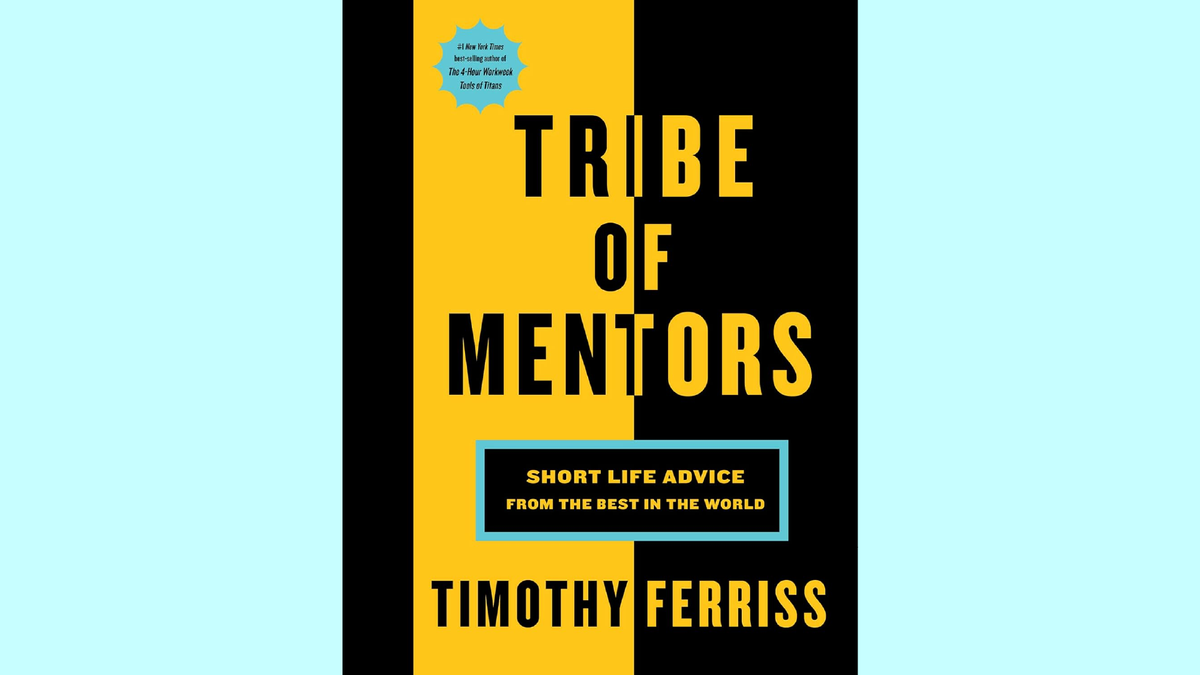
4. Meeting the Mentor: Gaining Wisdom and Guidance
The entrepreneur finds mentors, whether experienced business owners, industry experts, or inspirational figures, who provide guidance, advice, and support. These mentors help entrepreneurs overcome doubts and develop their skills to succeed.
"In learning you will teach, and in teaching you will learn." — Phil Collins
Practical Tip: Reach out to potential mentors who align with your aspirations. Be proactive in seeking their advice and be open to learning from their experiences.
Related Reading
- "Tribe of Mentors" by Tim Ferriss: This book offers collective wisdom from various successful people, giving entrepreneurs access to diverse insights and strategies that can shape their path and decision-making processes.
- "Mindset" by Carol Dweck: Discusses the growth mindset, an essential trait for entrepreneurs, especially when they are mentored. It helps them see challenges as opportunities to grow rather than insurmountable obstacles.

Case Study: Mark Zuckerberg - Navigating Early Challenges with Mentorship
Background:
Mark Zuckerberg, the founder of Facebook, is a prime example of an entrepreneur who greatly benefited from mentorship during the critical stages of his company’s growth. His journey from a college dorm room project to leading one of the most influential tech companies in the world showcases how vital mentors can be.
Finding a Mentor:
In the early days of Facebook, when Zuckerberg moved the company to Palo Alto, he was introduced to Sean Parker, co-founder of Napster. Parker quickly became a guiding influence, helping Zuckerberg navigate the complexities of Silicon Valley. He introduced Zuckerberg to critical investors and helped shape the company’s strategy, instilling a bold company culture and vision.
Practical Application of "Tribe of Mentors" by Tim Ferriss:
Zuckerberg’s relationship with Parker and later mentors such as Steve Jobs and Peter Thiel reflects the essence of Ferriss’s "Tribe of Mentors." These relationships gave Zuckerberg a broad spectrum of advice and insights, from operational strategies to handling the pressures of running a fast-growing company. Each mentor brought a unique perspective that helped Zuckerberg steer Facebook through various challenges.
Application of "Mindset" by Carol Dweck:
The growth mindset discussed in Dweck's book was crucial for Zuckerberg, especially in his formative years at Facebook. Mentors helped him view challenges as opportunities to develop rather than setbacks, cultivating resilience and focusing on continuous improvement. This mindset was essential during Facebook’s rapid growth and the various controversies it faced.
Summary:
Mark Zuckerberg’s journey highlights the transformative power of mentorship in entrepreneurship. The guidance from experienced mentors like Sean Parker and the strategic counsel from figures like Steve Jobs and Peter Thiel was instrumental in shaping Zuckerberg's leadership style and, by extension, Facebook's success. This case study underscores the importance of seeking and maintaining mentor relationships that challenge, inspire, and guide entrepreneurs through their journey, promoting a culture of learning and growth.
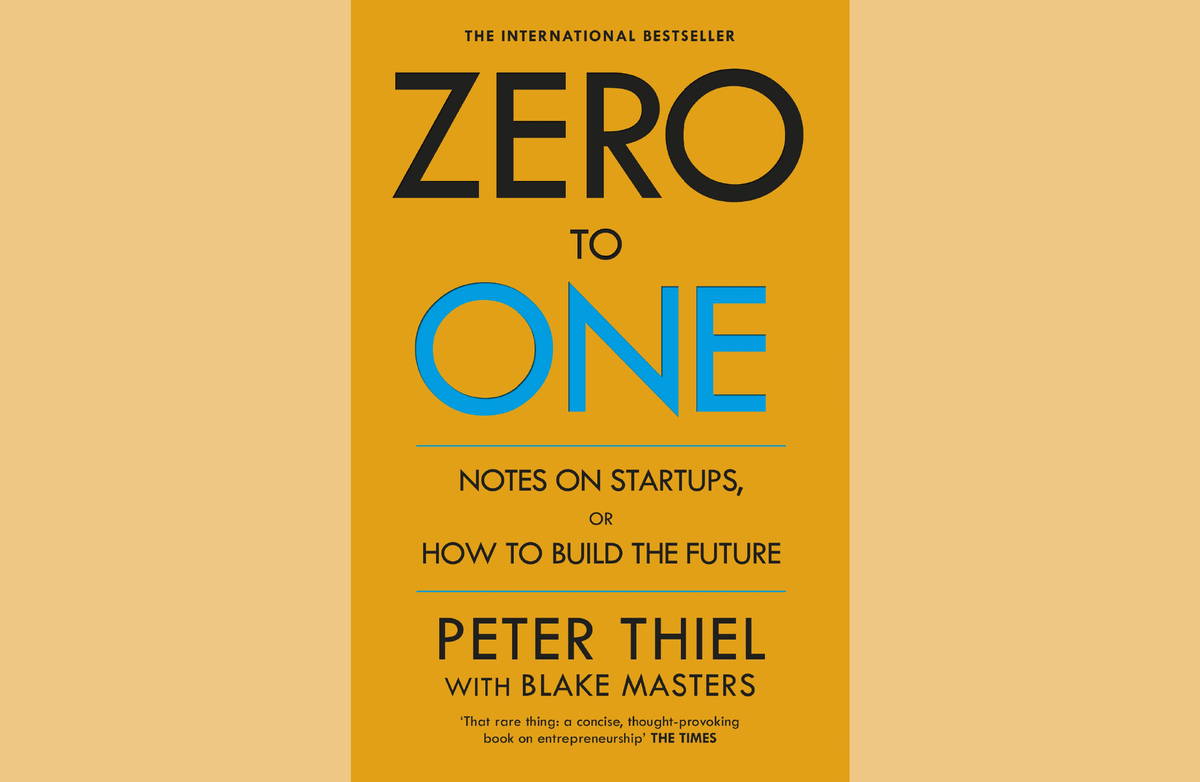
5. Crossing the Threshold: Committing to the Journey
The entrepreneur leaps and launches their business, stepping into the unknown world of entrepreneurship. This marks a significant shift from employee to business owner, with all the challenges and opportunities that entails.
Quote: "A startup is the largest group of people you can convince of a plan to build a different future." — Peter Thiel
Practical Tip: Develop a thorough business plan. This will serve as your roadmap and communicate your vision to stakeholders.
Related Reading
- "Zero to One" by Peter Thiel Talks about creating new companies that bring something new to the market, which aligns perfectly with leaping a startup.
- "The Lean Startup" by Eric Ries provides a scientific approach to creating and managing successful startups in an age of uncertainty, which is fitting for entrepreneurs just starting their businesses.
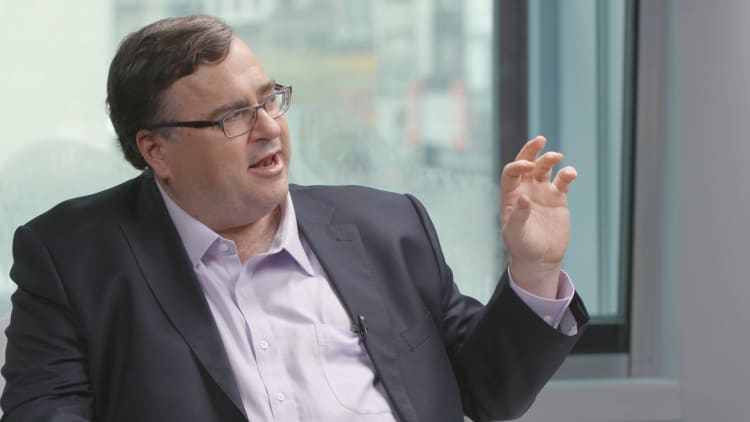
Case Study: Reid Hoffman - Launching LinkedIn
Background:
Reid Hoffman, the co-founder of LinkedIn, exemplifies the entrepreneurial step of "Crossing the Threshold." His transition from concept to launch highlights the crucial phase where planning meets execution in the entrepreneurial journey.
Initial Steps and Commitment:
Before founding LinkedIn, Hoffman was already a seasoned entrepreneur and executive, having served at PayPal and even founding SocialNet, a social network for dating and finding companionship. Despite these experiences, the launch of LinkedIn was his step into committing fully to a vision he believed in—creating a professional network that would redefine how professionals connect.
Executing the Vision:
Hoffman and his team started LinkedIn in his living room in 2002, with the site going live in 2003. This step of 'Crossing the Threshold' was marked by a clear vision and a business plan to create a platform where professionals could network, find jobs, and enhance their career opportunities. Unlike his previous ventures, Hoffman committed fully to LinkedIn by engaging a network of contacts to join and promote the platform, effectively utilizing his connections from PayPal and SocialNet.
Practical Application of "Zero to One" by Peter Thiel:
Hoffman’s strategy for LinkedIn aligns with Thiel’s philosophy in "Zero to One," where creating something new that adds unique value to the market is crucial. LinkedIn was the first platform to focus solely on professional networking, setting a foundation for what would become the standard in professional online interactions.
Application of "The Lean Startup" by Eric Ries:
Following the principles outlined in "The Lean Startup," LinkedIn started with a minimal viable product that included basic features allowing professionals to connect and build networks. Over time, based on user feedback and data, LinkedIn iteratively improved and expanded its features, including adding job listings, a news feed, and premium subscriptions.
Summary:
Reid Hoffman’s journey with LinkedIn is a textbook example of an entrepreneur crossing the threshold from idea to execution. His ability to develop a clear and compelling business plan, engage a network to promote and refine the platform, and iteratively build on the concept demonstrates a strategic approach to launching a startup. LinkedIn's success story showcases the commitment to start a business and the strategic foresight needed to revolutionize an industry, serving as a model for entrepreneurs looking to turn their visions into reality.
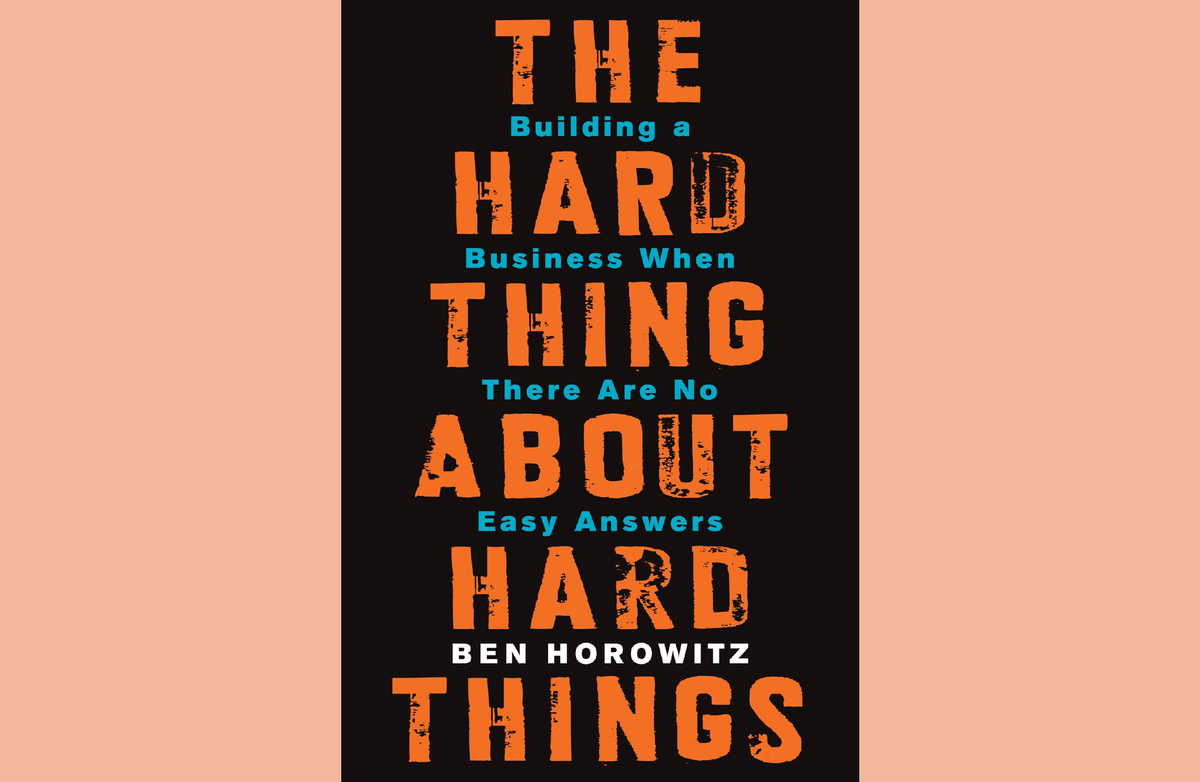
6. Tests, Allies, and Enemies: Navigating Challenges
The entrepreneur faces numerous challenges, from securing funding and building a team to developing products or services and acquiring customers. Along the way, they make allies such as co-founders, employees, and supportive partners while encountering competitors and overcoming obstacles.
Quote: "Hard choices, easy life. Easy choices, hard life." — Jerzy Gregorek
Practical Tip: Be decisive and courageous in making tough decisions. Build a supportive team that shares your vision and values, and be prepared to face competitors with strategic clarity.
Related Reading
- "The Hard Thing About Hard Things" by Ben Horowitz offers essential advice on building and running a startup, dealing with the harsh realities of managing a business, and handling challenging situations that test an entrepreneur’s resolve.
- "The Obstacle Is the Way" by Ryan Holiday draws on stoicism to turn challenges into advantages, an ideal philosophy for entrepreneurs facing inevitable hurdles and competitors along their journey.
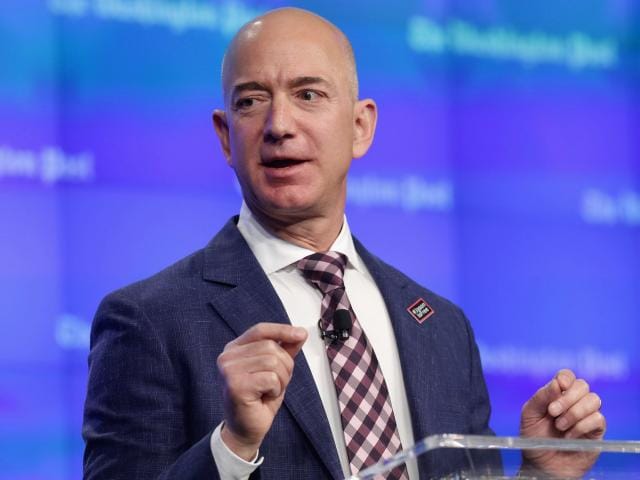
Case Study: Jeff Bezos - Overcoming Challenges at Amazon
Background:
Jeff Bezos, the founder of Amazon, has navigated numerous challenges since launching the company in 1994. His journey through the phase of "Tests, Allies, and Enemies" offers a vivid example of how strategic decision-making and resilience can guide a startup through turbulent times to achieve global success.
Early Challenges:
In its early days, Amazon faced significant tests from market conditions, particularly the dot-com bubble burst, which saw many internet companies collapse. Amazon was not immune to the crisis and suffered a severe drop in stock price, raising doubts about its sustainability. Additionally, the company faced intense competition from traditional retailers who moved online and other emerging e-commerce platforms.
Strategic Alliances and Enemies:
Bezos made several key strategic alliances crucial for Amazon’s survival and growth. Partnerships with major retailers and an early investment in warehouse infrastructure allowed Amazon to expand its offerings and improve customer service. However, as Amazon grew, it also encountered enemies in the form of competitors like Barnes & Noble and Walmart, who saw Amazon as a direct threat to their business models.
Practical Application of "The Hard Thing About Hard Things" by Ben Horowitz:
Bezos's approach aligns with Horowitz's insights on confronting the brutal facts of one's business and navigating complex challenges. For instance, during the dot-com crash, instead of scaling back dramatically, Bezos focused on improving operational efficiency and expanding into new categories, betting on the long-term potential of e-commerce despite the prevailing skepticism.
Application of "The Obstacle Is the Way" by Ryan Holiday:
Bezos’s handling of challenges also mirrors the Stoic philosophy described by Ryan Holiday. He viewed each obstacle as an opportunity to innovate and strengthen the business. This mindset was evident when Amazon ventured into cloud computing with Amazon Web Services (AWS), turning the high fixed costs of maintaining massive server capacity into a new profit center and industry-leading service.
Summary:
Jeff Bezos’s journey through the tests and challenges of Amazon's early and growth phases exemplifies the resilience and strategic foresight required to lead a startup to success. By making hard decisions, forming strategic alliances, and viewing each challenge as an opportunity, Bezos navigated Amazon through numerous adversities and reinvented how businesses operate worldwide. This case study underscores the importance of courage, innovation, and strategic alliances in overcoming the inevitable hurdles faced along the entrepreneurial journey.
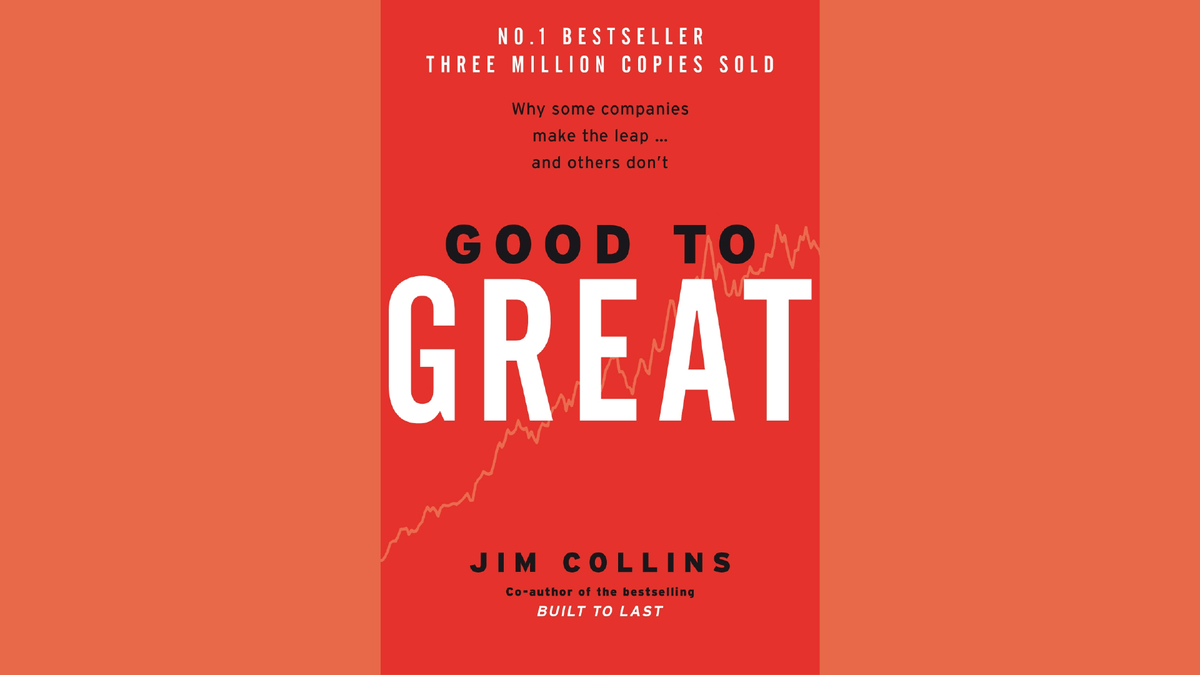
7. Approach to the Inmost Cave: Tackling Core Challenges
The entrepreneur confronts the core challenges or obstacles between them and success. This might involve pivoting their business model, overcoming a significant setback, or addressing internal conflicts within their team.
Quote: "Greatness is not a function of circumstance. Greatness, it turns out, is largely a matter of conscious choice, and discipline." — Jim Collins.
Practical Tip: Regularly review and adapt your strategies based on market feedback and internal performance indicators.
Related Reading
- "Good to Great" by Jim Collins provides insights into what makes a company outstanding, helping refine and pivot business strategies to overcome core challenges.
- "Purple Cow" by Seth Godin stresses the importance of being remarkable in marketing and products, which is vital for entrepreneurs needing to stand out in crowded markets.
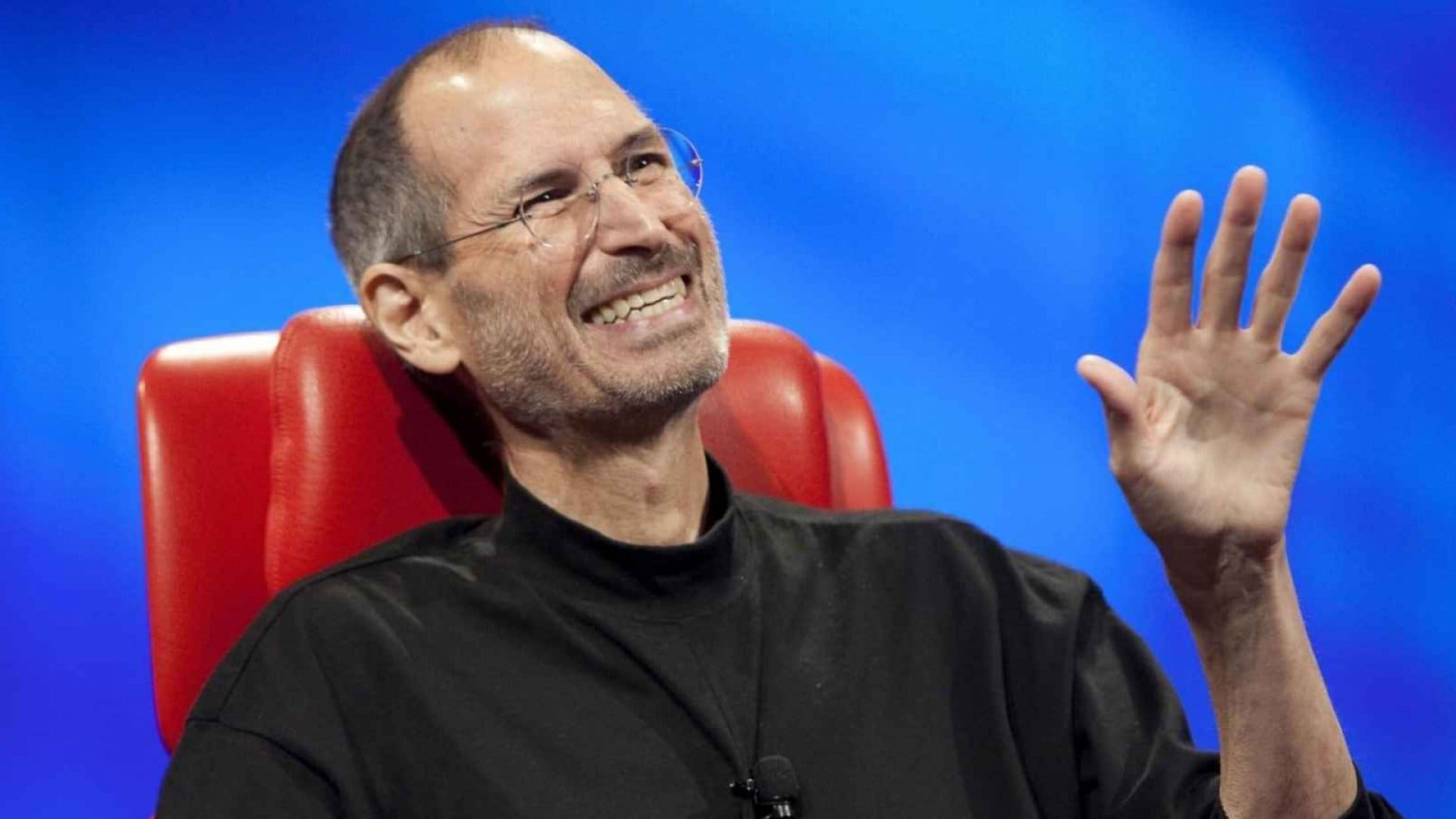
Case Study: Steve Jobs - Reinventing Apple
Background:
After being ousted more than a decade earlier, Steve Jobs's return to Apple in 1997 is a prime example of an entrepreneur approaching the innermost cave. This stage marked a period of deep introspection and bold decision-making. Jobs had to pivot Apple’s business model and overcome significant hurdles to save the company from near bankruptcy.
Reviving Apple:
When Jobs returned to Apple, the company struggled with declining sales, lack of clear direction, and an uninspiring product line. The challenges were monumental, requiring incremental improvements and a complete overhaul of the company’s strategy and offerings.
Pivotal Decisions:
Jobs made several pivotal decisions that would ultimately lead to Apple’s resurgence. He streamlined the product line, cutting down from dozens of product categories to focus on a few core products, which helped clarify the company's direction and reallocate resources more effectively. This bold pruning was a crucial step in turning Apple around.
Practical Application of "Good to Great" by Jim Collins:
Jobs's strategy aligns with principles from Jim Collins's "Good to Great," which discusses how great companies focus on what they do best and let go of the rest. Jobs applied this by focusing Apple’s efforts on innovative design and user-friendly technology, which played to Apple's strengths and set it apart from competitors.
Application of "Purple Cow" by Seth Godin:
In line with Seth Godin's "Purple Cow," Jobs sought to make Apple products functional and remarkable. At various stages, the introduction of the iMac, iPod, iPhone, and iPad showcased products that were not only technologically advanced but also aesthetically pleasing and different from anything else on the market. These products stood out in a crowded marketplace, embodying the "Purple Cow" concept of being truly remarkable.
Summary:
Steve Jobs’s return to Apple and his approach to tackling the company's core challenges illustrate the essence of an entrepreneur's journey's "Approach to the Inmost Cave" phase. His ability to make tough decisions, focus intensely on product quality and innovation, and redefine the market landscape are lessons in how entrepreneurs can confront and overcome their most daunting challenges. Jobs's story is a powerful testament to how vision, aligned with discipline and refusing to settle for mediocrity, can resurrect a company and lead it to unprecedented heights.
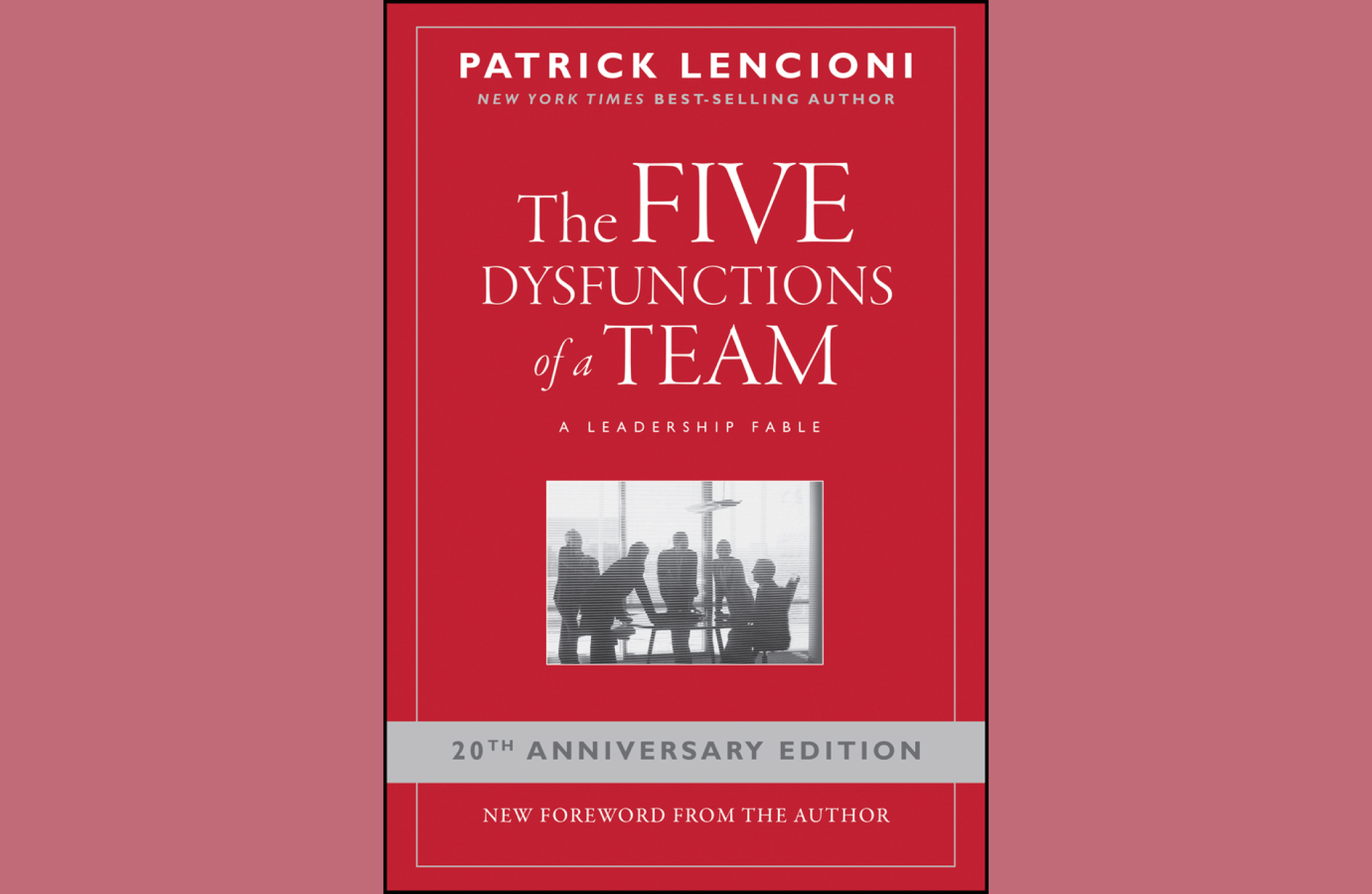
8. The Ordeal: Facing the Ultimate Test
The entrepreneur faces a critical moment of truth, where their business is put to the ultimate test. This could be a make-or-break situation, such as a cash flow crisis, a key partnership negotiation, or a product launch that determines the future trajectory of the business.
"The first obligation of a leader is to define reality. The last is to say thank you. In between, the leader is a servant." — Max DePree.
Practical Tip: Maintain clear communication and foster a culture of respect and mutual support within your team. Your leadership in these times defines the future trajectory of your venture.
Related Reading
- "The Five Dysfunctions of a Team" by Patrick Lencioni Offers solutions for team-based issues, which are crucial in critical situations where teamwork can make or break a company.
- "Crucial Conversations" by Kerry Patterson et al. teaches skills for communicating under high stakes and critical during major negotiations or decisions.
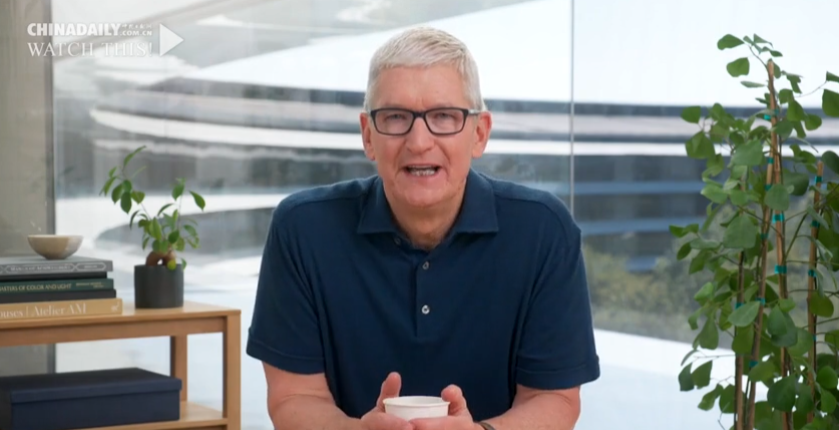
Case Study: Tim Cook - Steering Apple Through the Post-Jobs Era
Background:
Tim Cook's succession as CEO of Apple after Steve Jobs' death in 2011 represents a significant ordeal in his leadership journey and the company's history. Taking the helm of a company so closely associated with its charismatic founder was a formidable challenge, especially during a period filled with high expectations and skepticism about Apple's future innovation and growth.
The Ultimate Test:
Cook faced immense pressure to continue Apple's streak of innovative products and market leadership. He was tested not only on his ability to lead Apple in continuity with Jobs' legacy but also on his ability to mark his own imprint on the company and reassure investors, employees, and customers of Apple's sustained vitality.
Strategic Leadership Moves:
Tim Cook's approach included diversifying Apple's product line by introducing the Apple Watch, AirPods, and services like Apple Music and Apple Pay. These initiatives expanded Apple's ecosystem and revenue sources, proving crucial in stabilizing the company's future. Cook also led Apple into greater social responsibility, emphasizing environmental initiatives and privacy as core values under his leadership.
Practical Application of "The Five Dysfunctions of a Team" by Patrick Lencioni:
Under Cook’s leadership, Apple emphasized collaboration and transparency more than ever. He worked to break down silos within Apple, encouraging a more cohesive team environment. By addressing potential dysfunctions through fostering a culture of open communication and collective responsibility, Cook strengthened the internal dynamics, aligning the team towards common strategic goals.
Application of "Crucial Conversations" by Kerry Patterson et al.:
Cook's leadership style is notably different from Jobs in terms of communication. He is known for his calm demeanor and methodical decision-making process, often engaging in crucial conversations that involve careful listening and empathy. These traits have been essential in navigating high-stakes negotiations, particularly with partners and global regulators, and have maintained stability within executive teams.
Summary:
Tim Cook’s leadership during Apple's transition period post-Steve Jobs has been a testament to his capability to manage immense pressures while steering the company toward continued success. His ordeal involved maintaining the innovative spirit left by Jobs and enhancing Apple's growth with new products and a stronger emphasis on corporate social responsibility. Cook’s journey underscores the importance of adaptive leadership, strategic foresight, and maintaining core company values while embracing change.
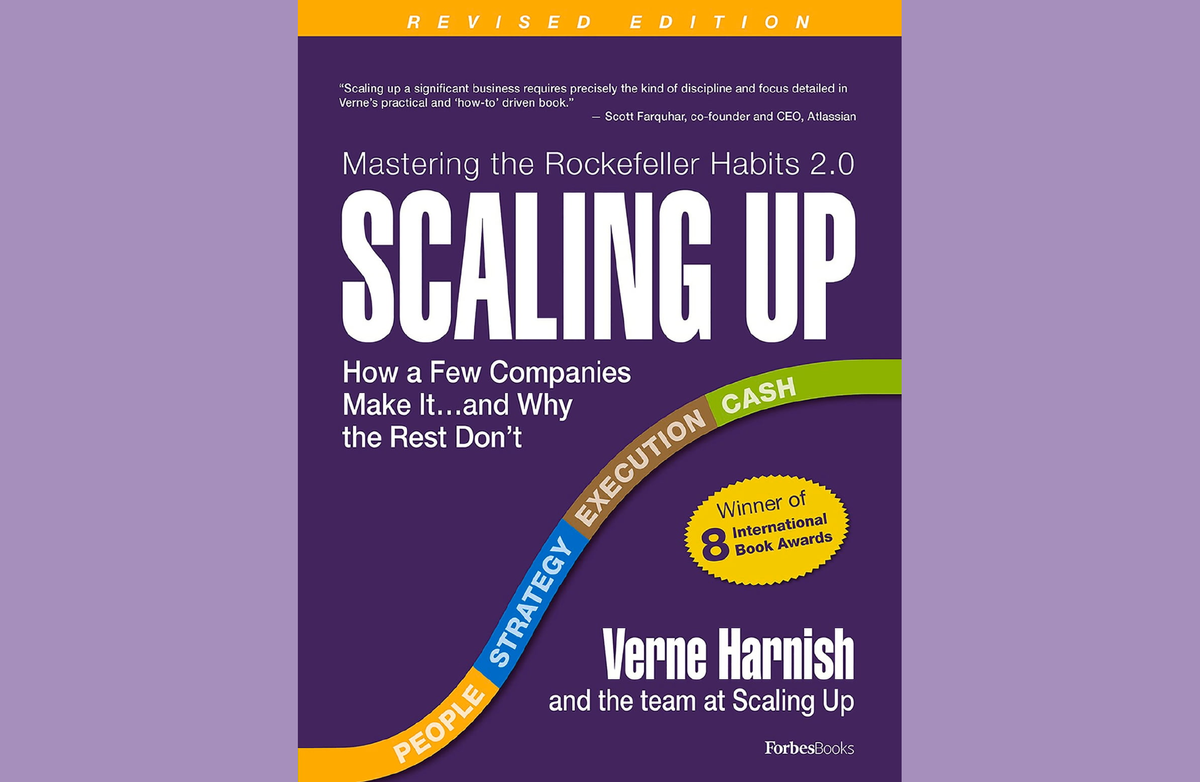
9. The Reward: Reaping the Benefits
After overcoming the ordeal, the entrepreneur reaps the rewards of their hard work and perseverance. This might include achieving profitability, gaining market traction, receiving investment funding, or earning recognition and acclaim.
"What gets measured gets done." — Michael E. Gerber
Practical Tip: Implement robust systems to monitor and evaluate your business's performance. Regularly checking these metrics will guide you toward sustained success.
Related Reading
- "Scaling Up" by Verne Harnish focuses on the practices necessary to manage and grow a successful business after the survival phase.
- "The E-Myth Revisited" by Michael E. Gerber Explains why most small businesses don’t work and what to do about it, which is essential for entrepreneurs in stabilizing and reaping the rewards of their efforts.
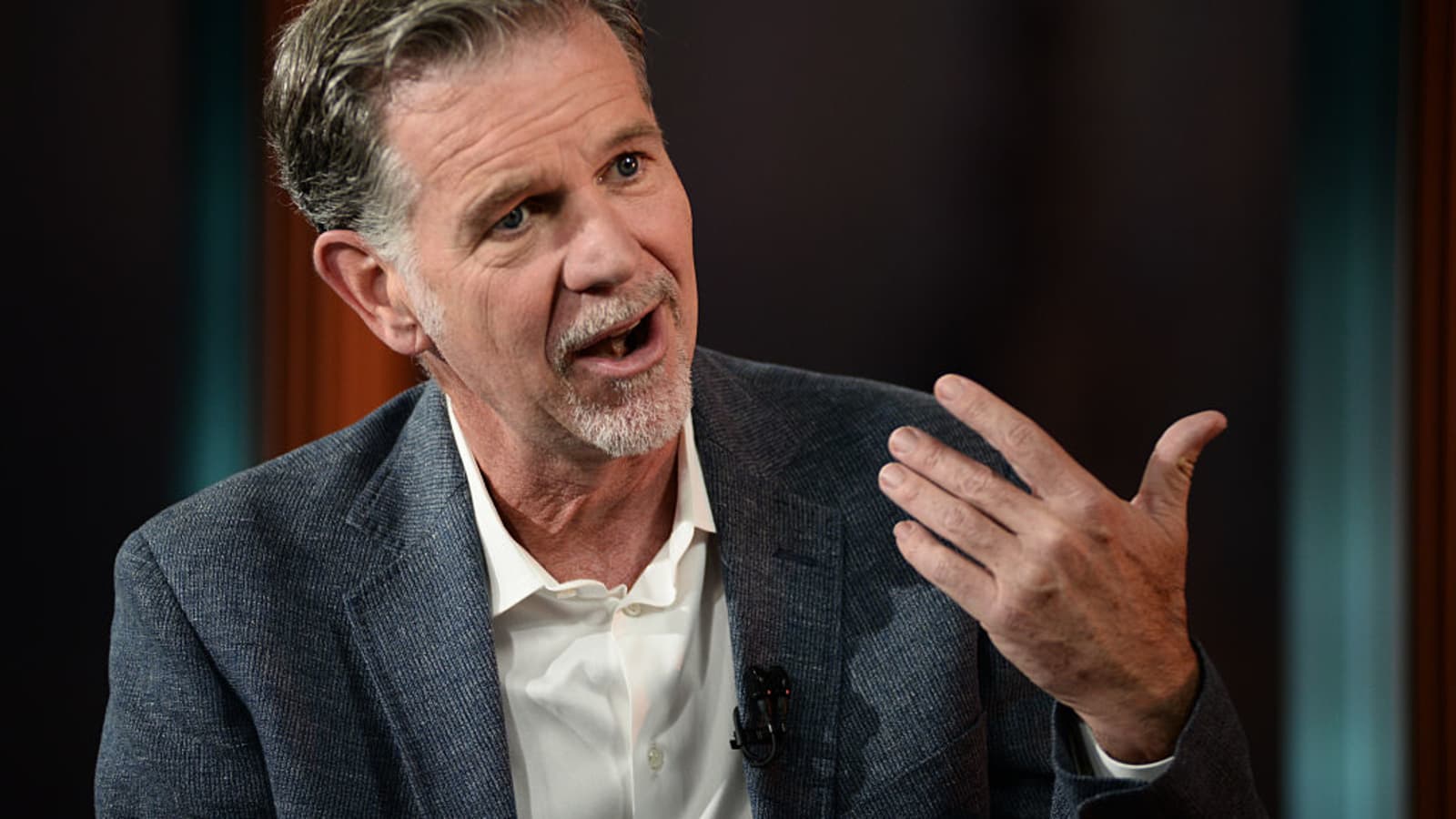
Case Study: Reed Hastings - Netflix's Transformation and Triumph
Background:
Reed Hastings, co-founder and CEO of Netflix offers a compelling case study on reaping the benefits after overcoming significant business ordeals. His journey with Netflix from a DVD rental service to a global streaming giant encapsulates the essence of seeing tangible rewards following strategic pivots and resilience.
Challenges and Strategic Pivots:
Netflix initially faced the colossal task of competing with traditional video rental giants like Blockbuster. The company's innovative subscription model gradually disrupted the industry, but the real test came with the shift from DVD rentals to streaming. This pivot required substantial technological investments and a complete business model overhaul, fraught with risks and uncertainties.
Reaping the Benefits:
After successfully navigating these challenges, Netflix began to see remarkable rewards. The company's decision to invest in streaming technology paid off dramatically as broadband internet became more widespread and consumer preferences shifted towards on-demand entertainment. Furthermore, Netflix's early investment in original content, such as "House of Cards" and "Stranger Things," propelled its popularity and cemented its market dominance.
Practical Application of "Scaling Up" by Verne Harnish:
As Netflix scaled, Hastings applied principles similar to those found in "Scaling Up." The company focused on four critical decisions in scaling: people, strategy, execution, and cash. Netflix built a strong culture that supported rapid innovation, implemented a data-driven approach that catered to user preferences, streamlined operations for peak performance, and managed finances to support continuous growth.
Application of "The E-Myth Revisited" by Michael E. Gerber:
Hastings also exemplified concepts from "The E-Myth Revisited" by systematizing the Netflix business model to work independently of him. He focused on building a company that could thrive on innovative processes and a strong leadership structure, avoiding the pitfalls that trap many growing businesses by relying too heavily on the founder.
Summary:
Reed Hastings’ journey with Netflix is a testament to the rewards of enduring through significant transformation and strategically positioning a company for future success. His ability to lead pivotal changes, coupled with a rigorous focus on systems and performance metrics, has allowed Netflix to enjoy sustained success and transformed how entertainment is consumed worldwide. This case study exemplifies the critical importance of visionary leadership and operational excellence in capturing and maximizing the rewards of entrepreneurial endeavors.
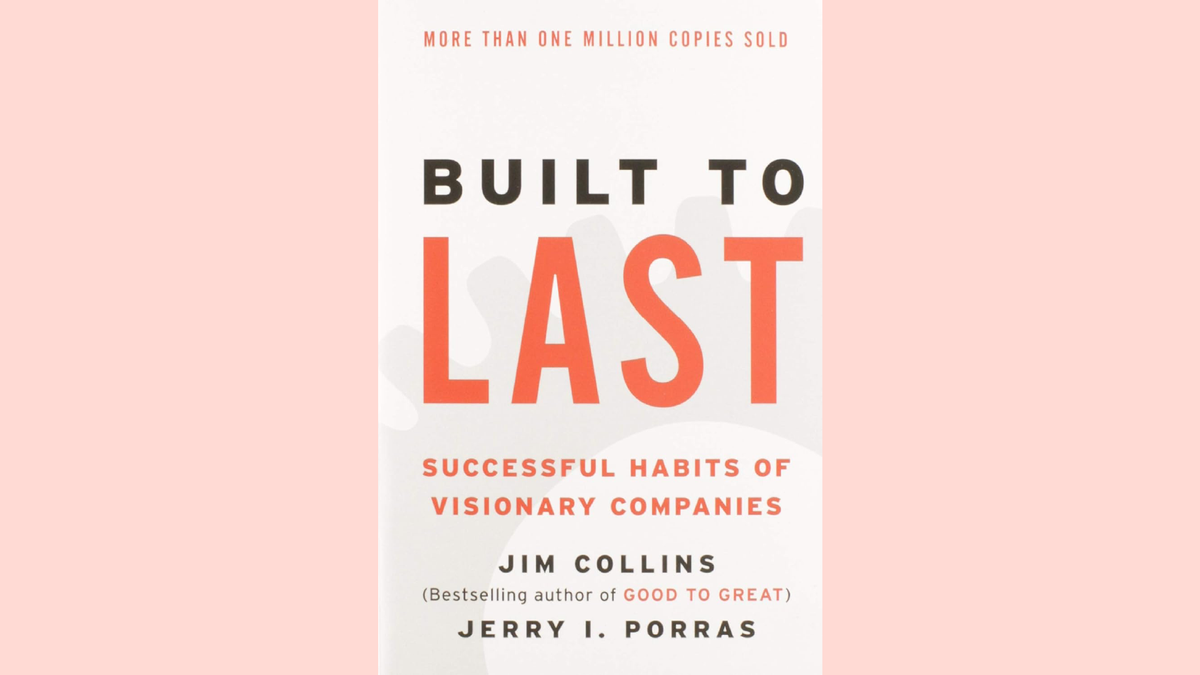
10. The Road Back: Preparing for Scaling and Growth
The entrepreneur navigates the challenges of scaling their business, managing growth, and adapting to changing market conditions. They may face new obstacles, such as hiring and retaining talent, expanding into new markets, or diversifying their product offerings.
"The only thing that is constant is change." — Heraclitus
Practical Tip: Stay adaptable and responsive to industry trends. Scaling requires growth in size and operational maturity.
Related Reading
- "Built to Last" by Jim Collins examines long-term success and what makes businesses endure over time, which is crucial for scaling and managing growth.
- "Measure What Matters" by John Doerr Introduces goal-setting techniques that can help entrepreneurs manage and guide the growth of their businesses effectively.

Case Study: Whitney Wolfe Herd - Scaling Bumble for Long-Term Success
Background:
Whitney Wolfe Herd, founder and CEO of Bumble, the female-first dating and networking app, exemplifies the journey of scaling a startup into a robust, enduring company. Her leadership effectively navigates the growth phase, emphasizing strategic shifts and operational maturity to adapt to changing market demands and scaling challenges.
Initial Successes:
Bumble broke onto the scene in 2014 with a unique value proposition: allowing women to make the first move, a stark departure from the norms of existing dating apps. This unique feature resonated with users, propelling Bumble to quick success. By 2017, Bumble had reached over 22 million registered users, with substantial yearly growth rates.
Scaling the Business:
As Bumble grew, Wolfe Herd faced the challenge of scaling operations while maintaining the unique user experience and company culture that made Bumble successful. She recognized the need to expand beyond dating to include networking and friendship components, which led to the launch of Bumble BFF and Bumble Bizz.
Practical Application of "Built to Last" by Jim Collins:
Wolfe Herd applied principles similar to those in "Built to Last," focusing on building a company culture centered around core values like respect, kindness, and empowerment. She instilled these values into every aspect of the organization, ensuring that as Bumble grew, it did so with a solid foundational culture that could support long-term success.
Application of "Measure What Matters" by John Doerr:
To manage Bumble's growth effectively, Wolfe Herd implemented Objectives and Key Results (OKRs), as advocated by John Doerr in "Measure What Matters." This goal-setting framework helped Bumble stay focused on measurable outcomes, aligning various team efforts across expanding service lines and ensuring that all parts of the company were moving towards common objectives.
Summary:
Whitney Wolfe Herd’s strategic leadership in scaling Bumble showcases how a startup can grow into a sustainable, impactful company. By staying adaptable, focusing on solid company culture, and using effective goal-setting techniques, Wolfe Herd has expanded Bumble’s market reach and solidified its standing as a platform that transcends dating, fostering professional and social networks. Her journey illustrates the essential balance between growth and operational maturity, making Bumble a prime example of a well-scaled business ready to endure the long term.
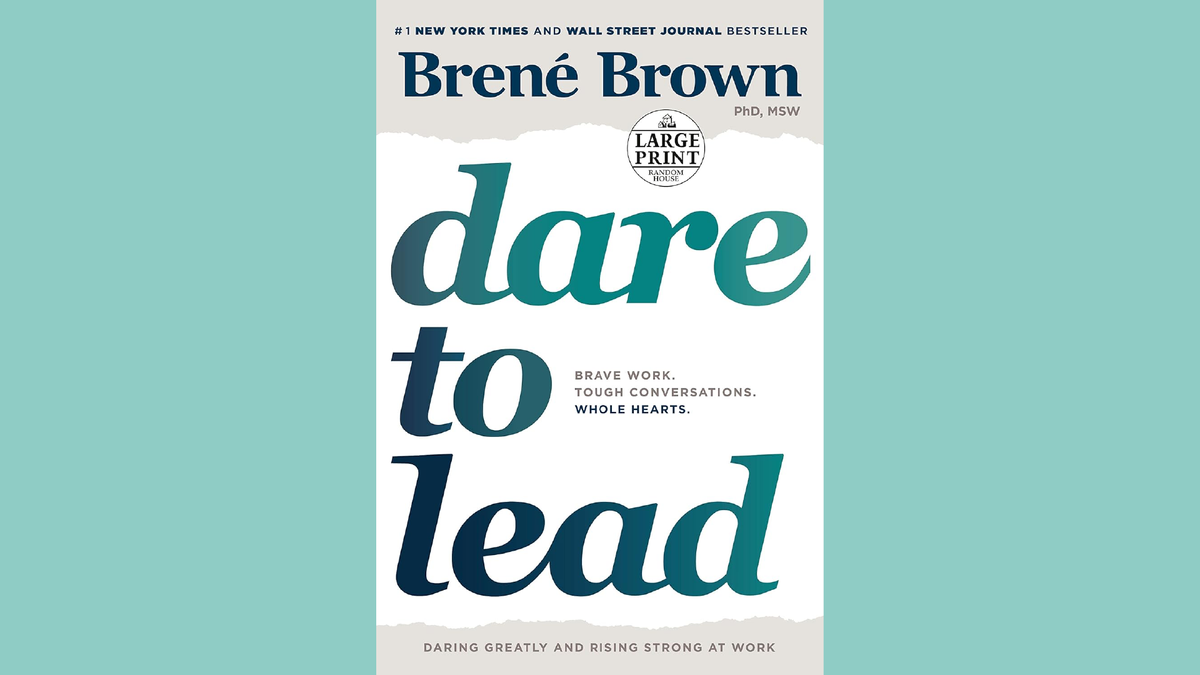
11. The Resurrection: Solidifying Your Legacy
The entrepreneur faces a final, defining challenge that tests their leadership, resilience, and vision. This could be a major crisis, a disruptive innovation, or a strategic decision that shapes the future of their business.
"Courage starts with showing up and letting ourselves be seen." — Brené Brown
Practical Tip: Lead with integrity and inspire your team and stakeholders. Trust and loyalty are your greatest assets in times of crisis.
Related Reading
- "Dare to Lead" by Brené Brown: Encourages leaders to be brave and empathetic, qualities needed to steer a business through its defining crises.
- "Leaders Eat Last" by Simon Sinek explains how leaders can create an environment where people pull together and perform at their best, which is vital during crucial leadership tests.

Case Study: Indra Nooyi - Pioneering Change and Cementing Legacy at PepsiCo
Background:
Indra Nooyi, former CEO of PepsiCo, is renowned for her transformative leadership, which steered PepsiCo through periods of substantial change and solidified her legacy as a visionary in the corporate world. Her tenure at PepsiCo is a prime example of how a leader can face the final challenge of "The Resurrection," ensuring their business survives and thrives and sets a benchmark in the industry.
Strategic Rebranding and Health Focus:
In 2006, Nooyi immediately began pivoting PepsiCo's portfolio from its reliance on soft drinks and snacks to healthier alternatives. This shift was in response to growing health concerns about obesity and diabetes linked to sugary drinks and unhealthy snacks. Her "Performance with Purpose" initiative addressed the anticipated market shifts towards health and wellness.
Facing Challenges:
Nooyi's strategy was met with skepticism from those within and outside the company who were accustomed to PepsiCo's traditional business model. Despite facing significant resistance, Nooyi persevered with her strategic vision, bolstering PepsiCo’s offerings with nutritious product lines and acquiring companies aligned with this new direction.
Practical Application of "Dare to Lead" by Brené Brown:
Nooyi’s leadership closely reflects the principles described in Brené Brown's "Dare to Lead." She showed immense courage and vulnerability in leading change, advocating for a healthier portfolio despite facing considerable pushback. Her willingness to be seen as a change agent, even when risky, showcased her commitment to what she believed was suitable for the company’s future.
Application of "Leaders Eat Last" by Simon Sinek:
Under Nooyi’s leadership, PepsiCo also focused on fostering a culture where employees felt valued and motivated. She believed in creating an environment that supported personal and professional growth, embodying Sinek’s idea that leaders who prioritize the well-being of their team gain loyalty and high performance in return. Nooyi often spoke of her role as a steward for all stakeholders, from shareholders to employees at every level.
Summary:
Indra Nooyi’s tenure at PepsiCo exemplifies how a leader can resurrect and redefine a company, ensuring its sustainable and impactful success. By leading with integrity, embracing innovation, and prioritizing the well-being of her team, Nooyi not only navigated PepsiCo through transformation but also cemented her legacy as one of the most influential business leaders of her time. Her journey highlights the importance of resilience, visionary leadership, and the courage to make tough decisions that shape a business's future.
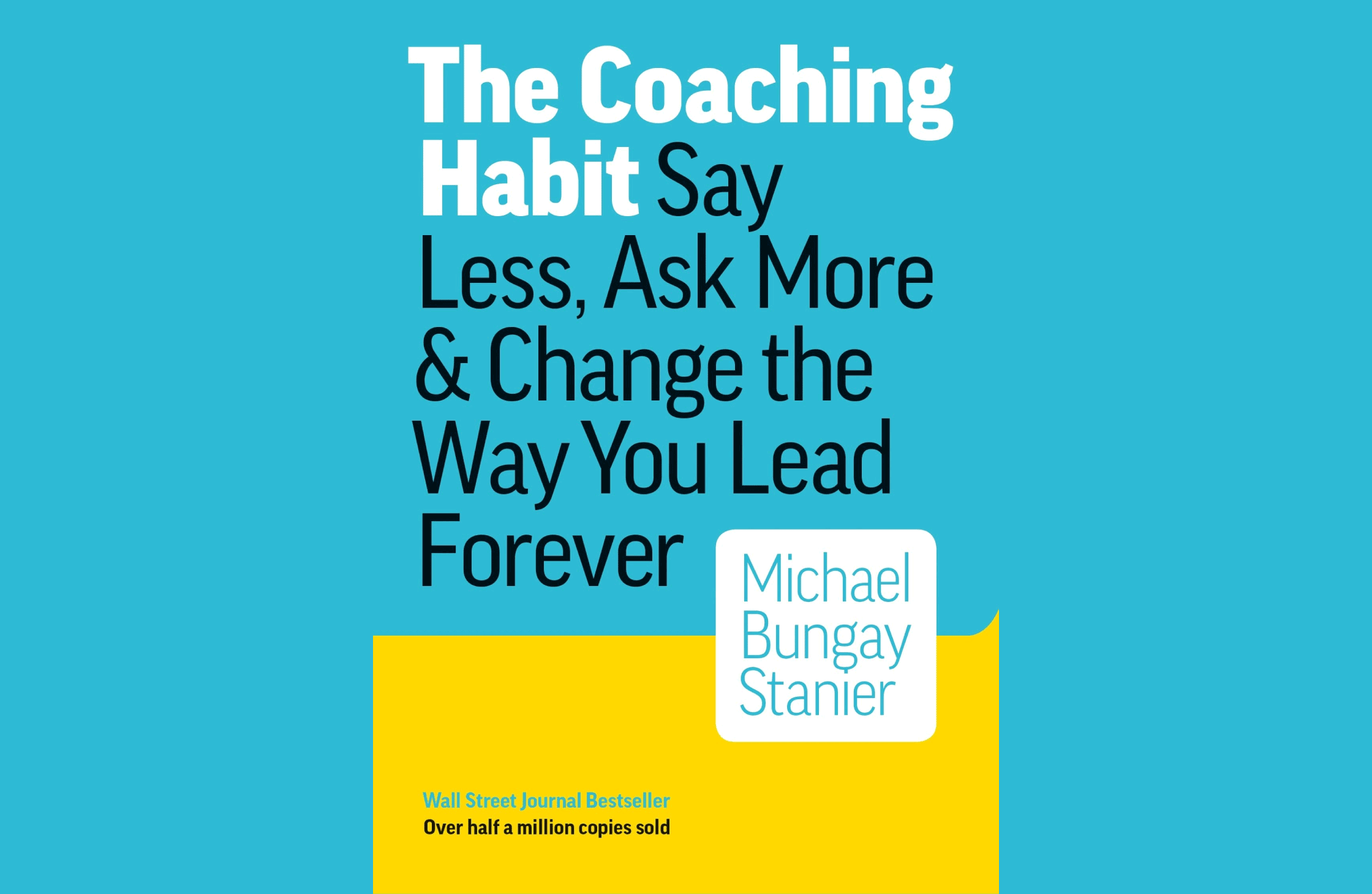
12. Return with the Elixir: Sharing Your Success
The entrepreneur achieves success and significance in financial terms, impact, and fulfillment. They may sell their business, launch new ventures, or become mentors, sharing their knowledge and experience to inspire the next generation of entrepreneurs. Ultimately, they leave a lasting legacy transforming industries, communities, and lives.
Quote: "Teach what you were born to do. Mentor someone in what you have mastered. Show a young one the ropes." — Steve Trautman.
Practical Tip: Engage in mentorship or create opportunities for others in your industry. Your legacy will be defined by what you build and how you enrich the ecosystem around you.
Related Reading
- "The Coaching Habit" by Michael Bungay Stanier: Provides tools for leaders to coach effectively, facilitating knowledge transfer and legacy-building.
- "Teach What You Know" by Steve Trautman: Ensures practical and effective knowledge transfer, ideal for entrepreneurs looking to mentor or guide successors in their businesses.
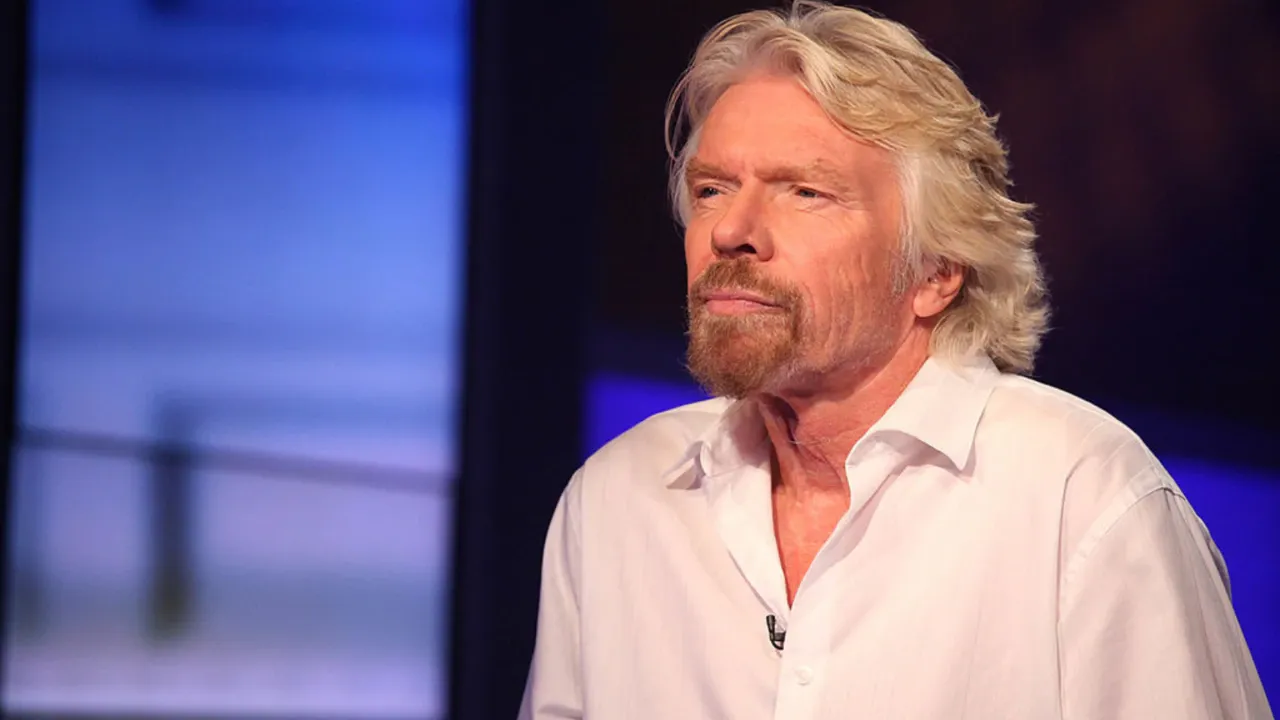
Case Study: Richard Branson - Empowering Future Entrepreneurs
Background:
Sir Richard Branson, founder of the Virgin Group, is an exemplary figure for "Returning with the Elixir" in the entrepreneurial journey. Known for his charismatic, adventurous spirit and innovative business strategies, Branson has built a global empire and dedicated significant efforts towards mentoring young entrepreneurs and investing in new ventures.
Mentorship and Investment:
Branson's approach to business has always been intertwined with his commitment to sharing success. Branson has directly contributed to fostering the next generation of innovators through initiatives like Virgin StartUp, which provides funding, mentoring, and support to thousands of young entrepreneurs in the U.K. His involvement extends beyond financial support to include active mentoring, offering guidance based on his decades of entrepreneurial experience.
Practical Application of "The Coaching Habit" by Michael Bungay Stanier:
Branson embodies the coaching principles outlined in "The Coaching Habit." He focuses on asking insightful questions that challenge mentees to think critically and solve problems creatively, enhancing their growth. This coaching style helps mentees develop the skills necessary to navigate the complexities of entrepreneurship.
Application of "Teach What You Know" by Steve Trautman:
Branson’s mentoring also mirrors strategies from "Teach What You Know," as he emphasizes practical knowledge transfer in his interactions. Whether through one-on-one sessions, speaking at conferences, or writing books and articles, Branson consistently shares lessons from his business ventures, providing actionable advice grounded in real-world experience.
Summary:
Richard Branson’s legacy extends beyond the commercial success of the Virgin Group. His dedication to mentoring embodies the ideal of "Returning with the Elixir," where the accurate measure of success is not just in wealth accumulated but in the impact made on future generations. Through his active involvement in mentoring and investing in startups, Branson continues to enrich the entrepreneurial ecosystem, encouraging innovation and resilience among new entrepreneurs. This commitment ensures that his influence will endure through the successes of those he has helped shape.
Each phase of the entrepreneurial journey offers lessons and opportunities for personal and professional growth. Understanding and mastering these stages allows you to navigate your path with strategic foresight and practical wisdom, turning entrepreneurial challenges into stepping stones for success.
Quiz Questions for Each Section of the Entrepreneur's Journey
- The Ordinary World: What Japanese concept discussed in the article helps individuals find their true purpose by aligning passion, skill, need, and potential income?
- The Call to Adventure: According to Simon Sinek, why do people buy from a particular business?
- Refusal of the Call: Name the author who argues that fear persists as long as growth continues. What is their primary advice for handling fear?
- Meeting the Mentor: Which book mentioned suggests learning through teaching and is used to highlight the importance of mentorship?
- Crossing the Threshold: Which author's book emphasizes convincing a large group about a unique future vision when starting a startup?
- Tests, Allies, and Enemies: Which philosophical quote in the article emphasizes the importance of tough decision-making in life and business?
- Approach to the Inmost Cave: According to Jim Collins, what largely determines greatness in a company?
- The Ordeal: Which author emphasizes servant leadership as a leader's first and last obligation?
- The Reward: What does Michael E. Gerber say gets done, underlining the importance of measurement in business management?
- The Road Back: The article discusses the constant nature of change. Who is quoted, and why is this relevant for businesses aiming to scale?
- The Resurrection: Which author discusses the importance of vulnerability in leadership during the ultimate tests of business?
- Return with the Elixir: What is the focus of Steve Trautman's advice for successful entrepreneurs looking to give back to their community?


